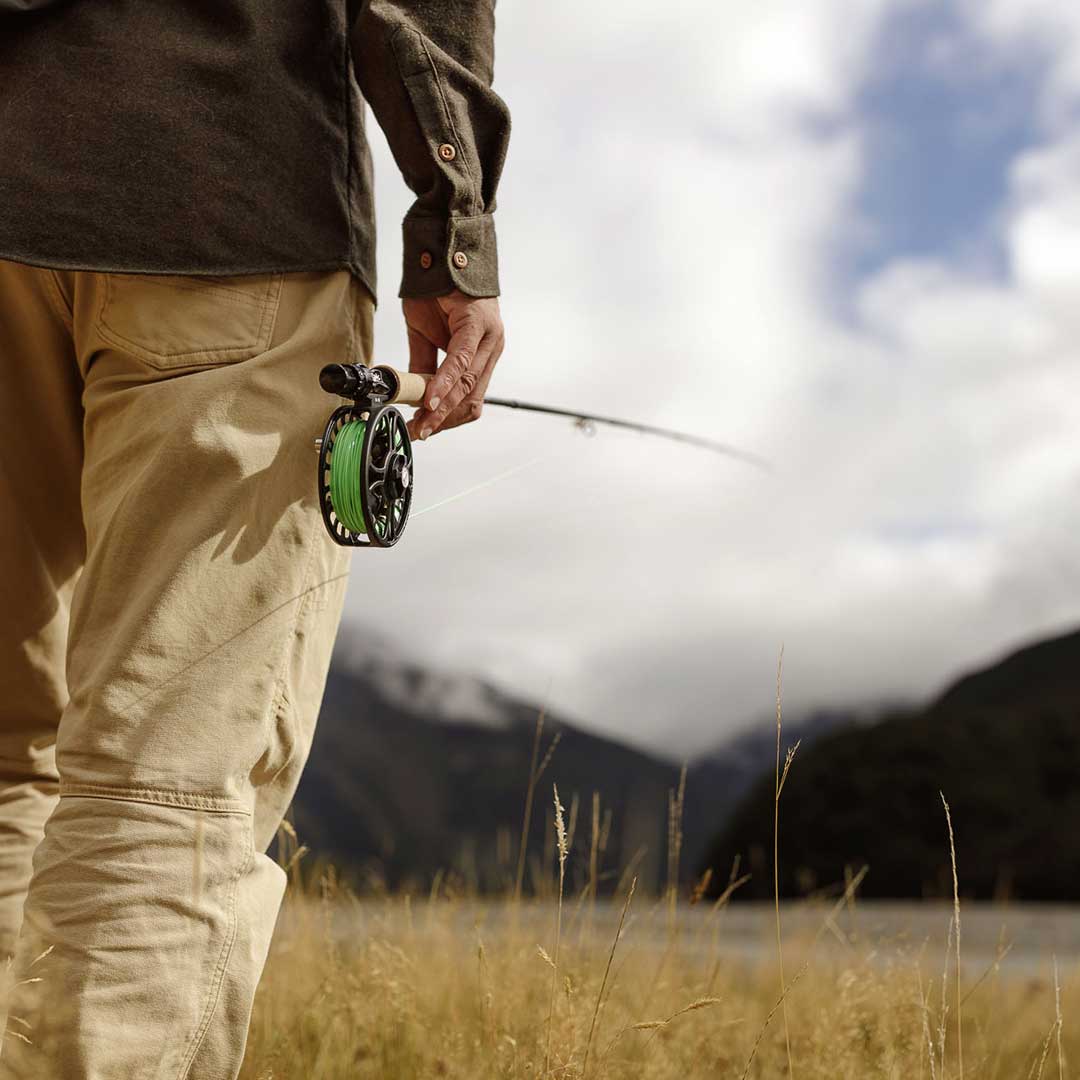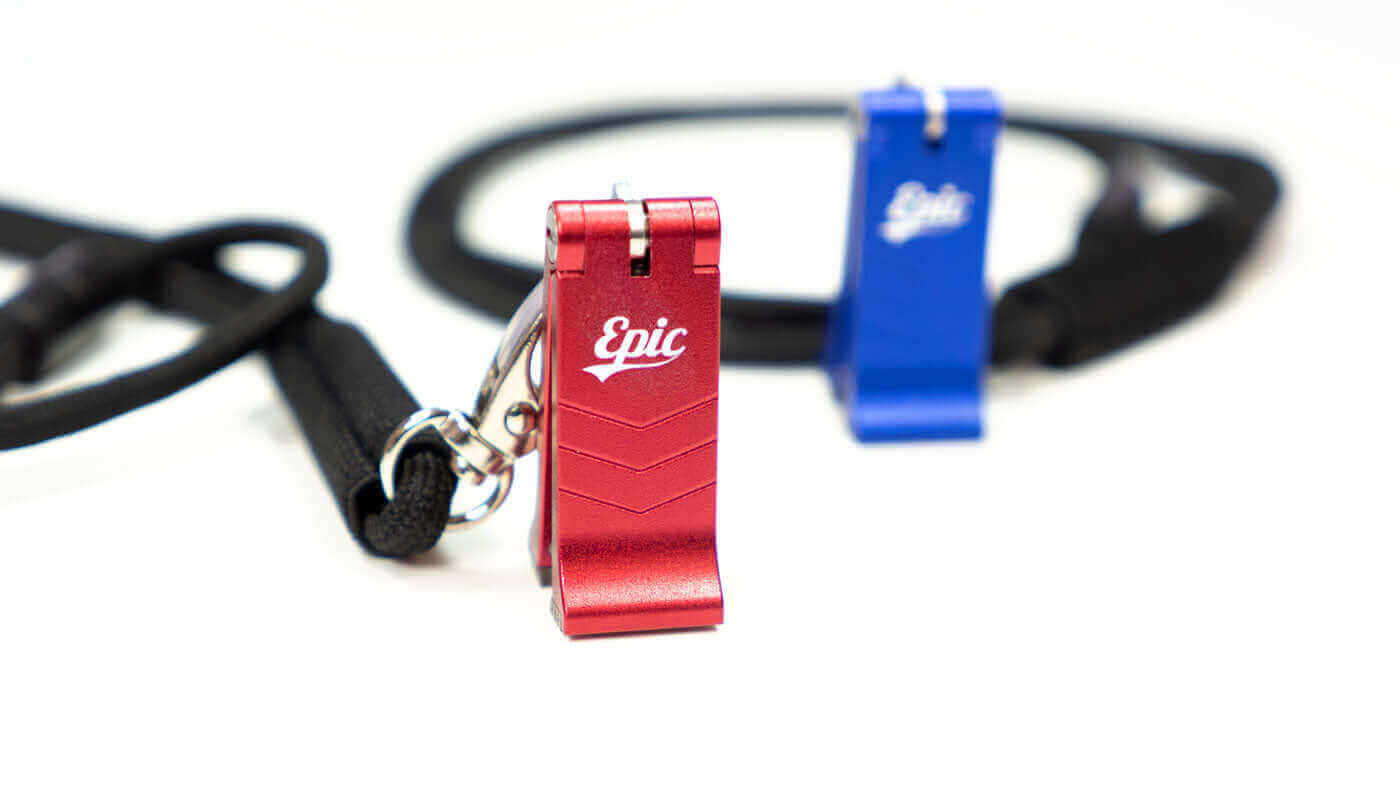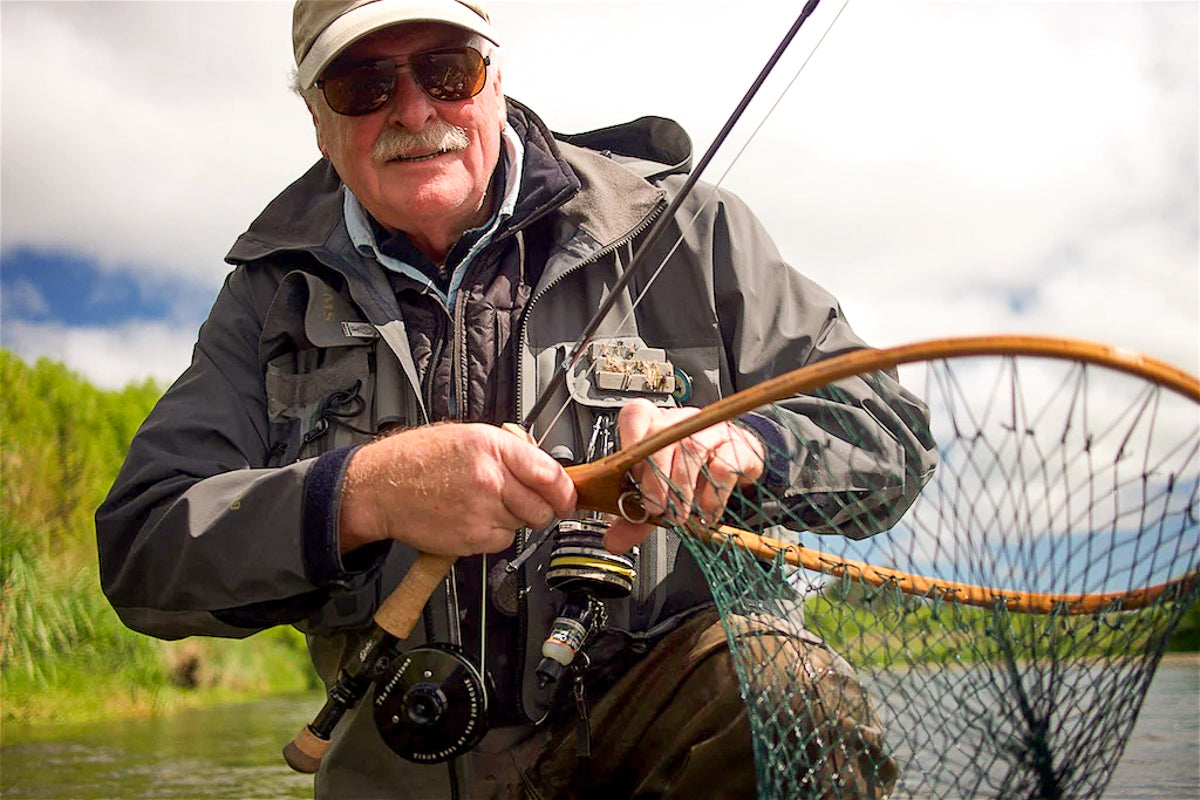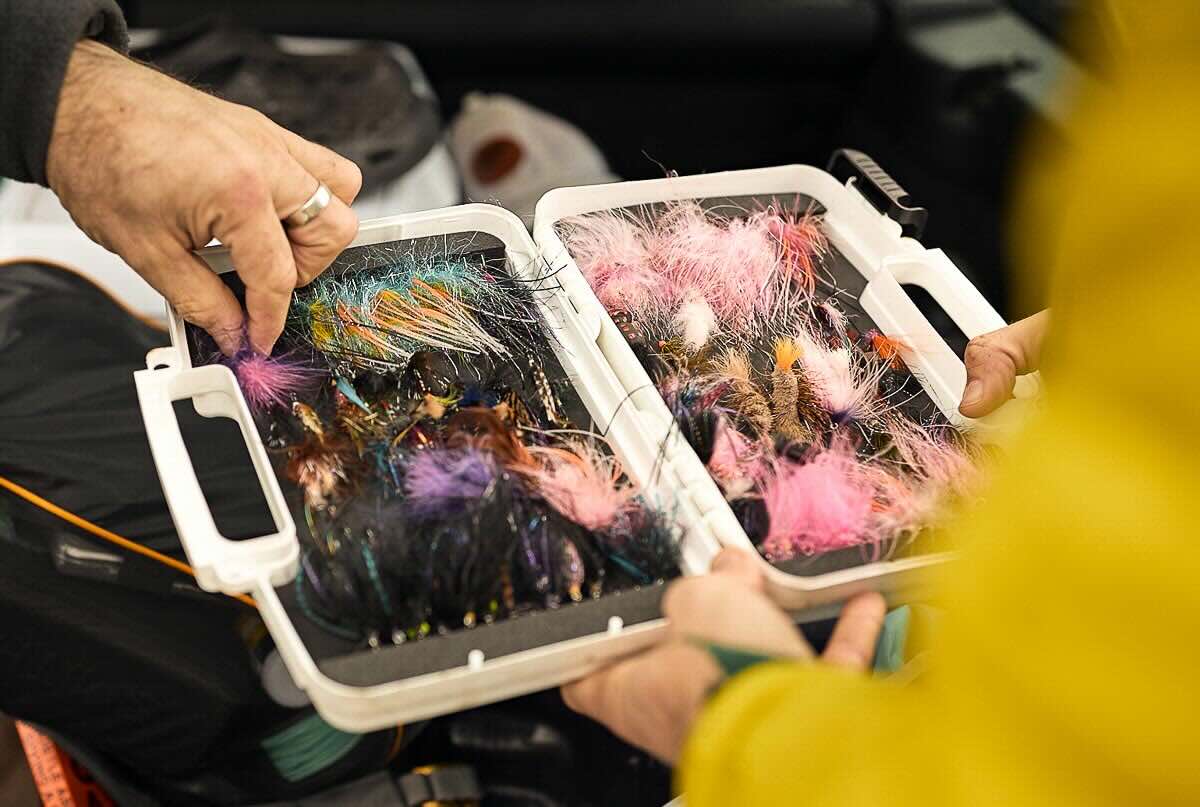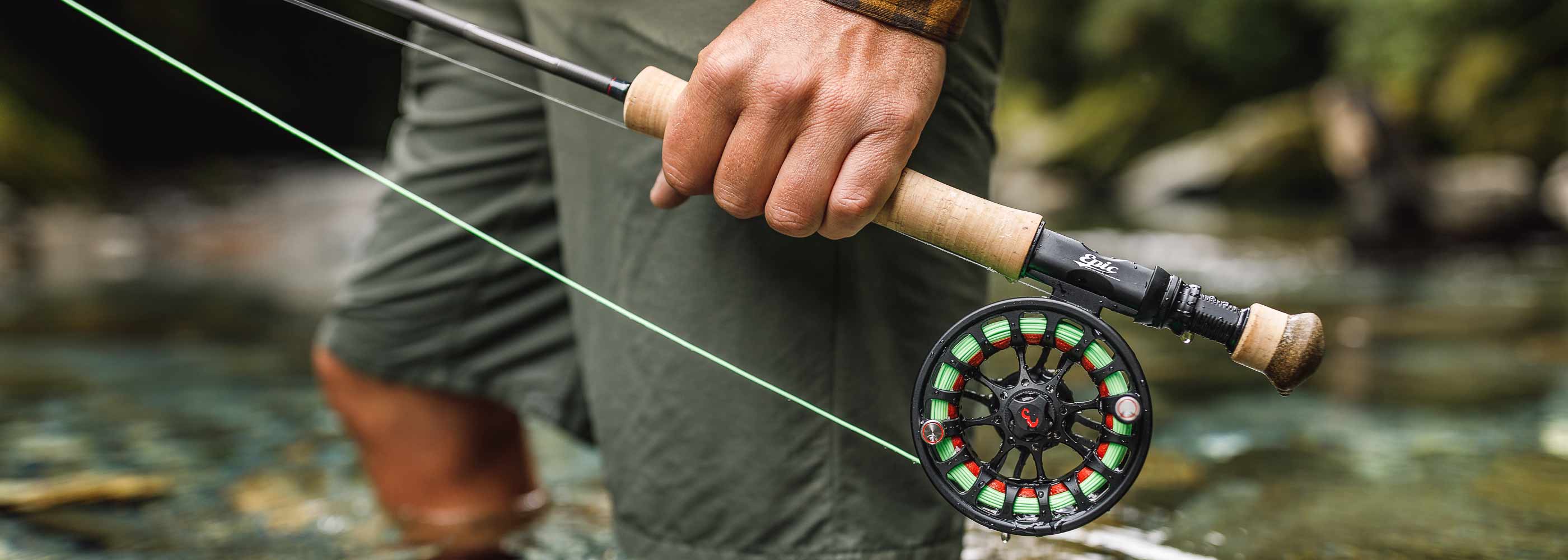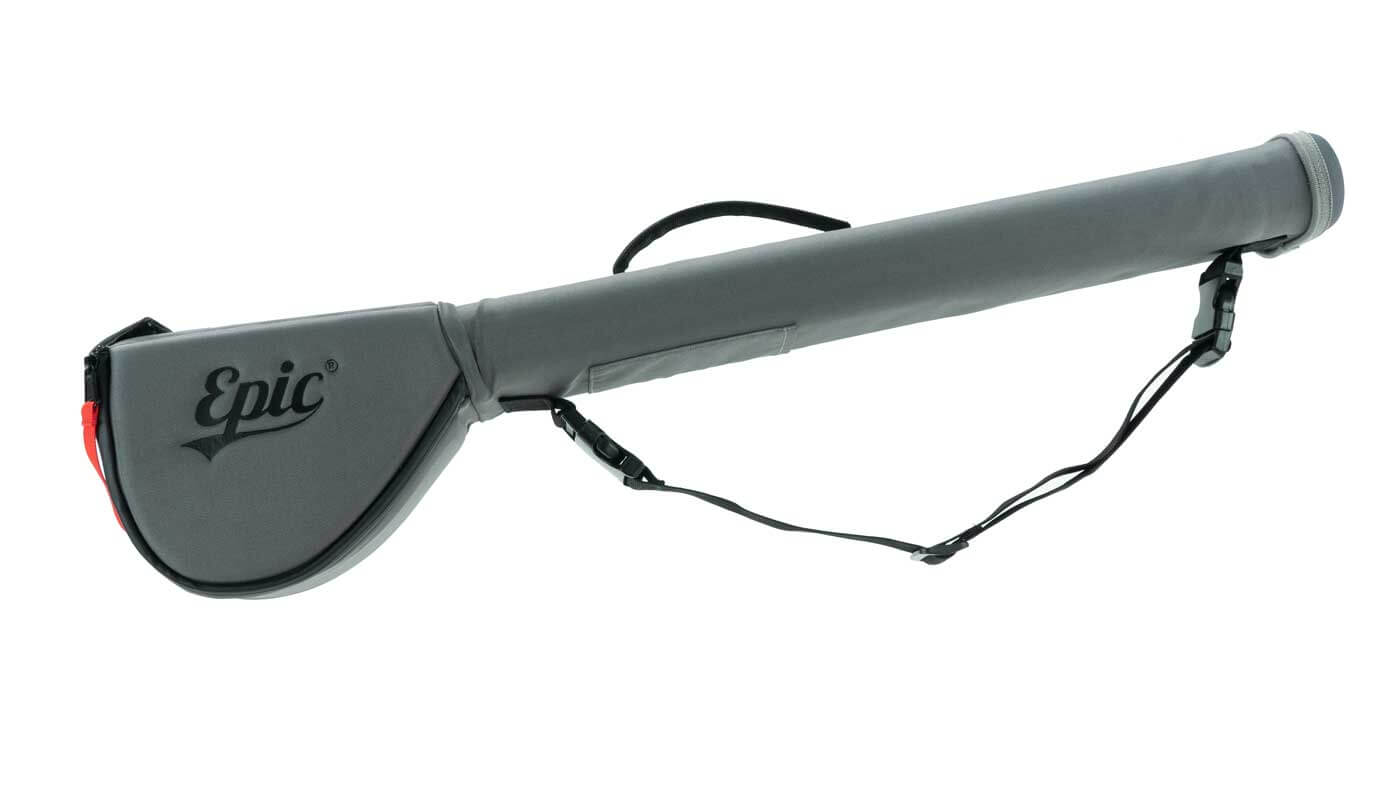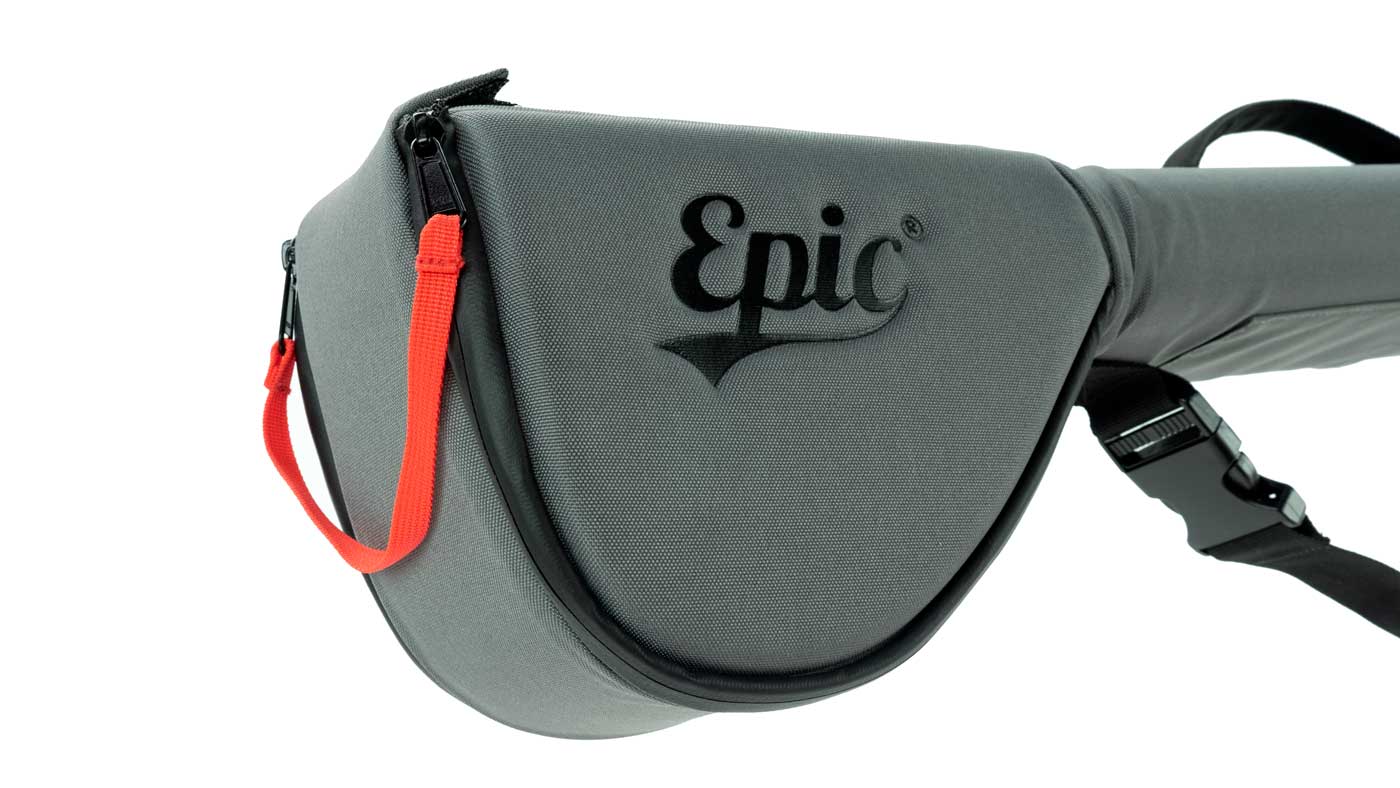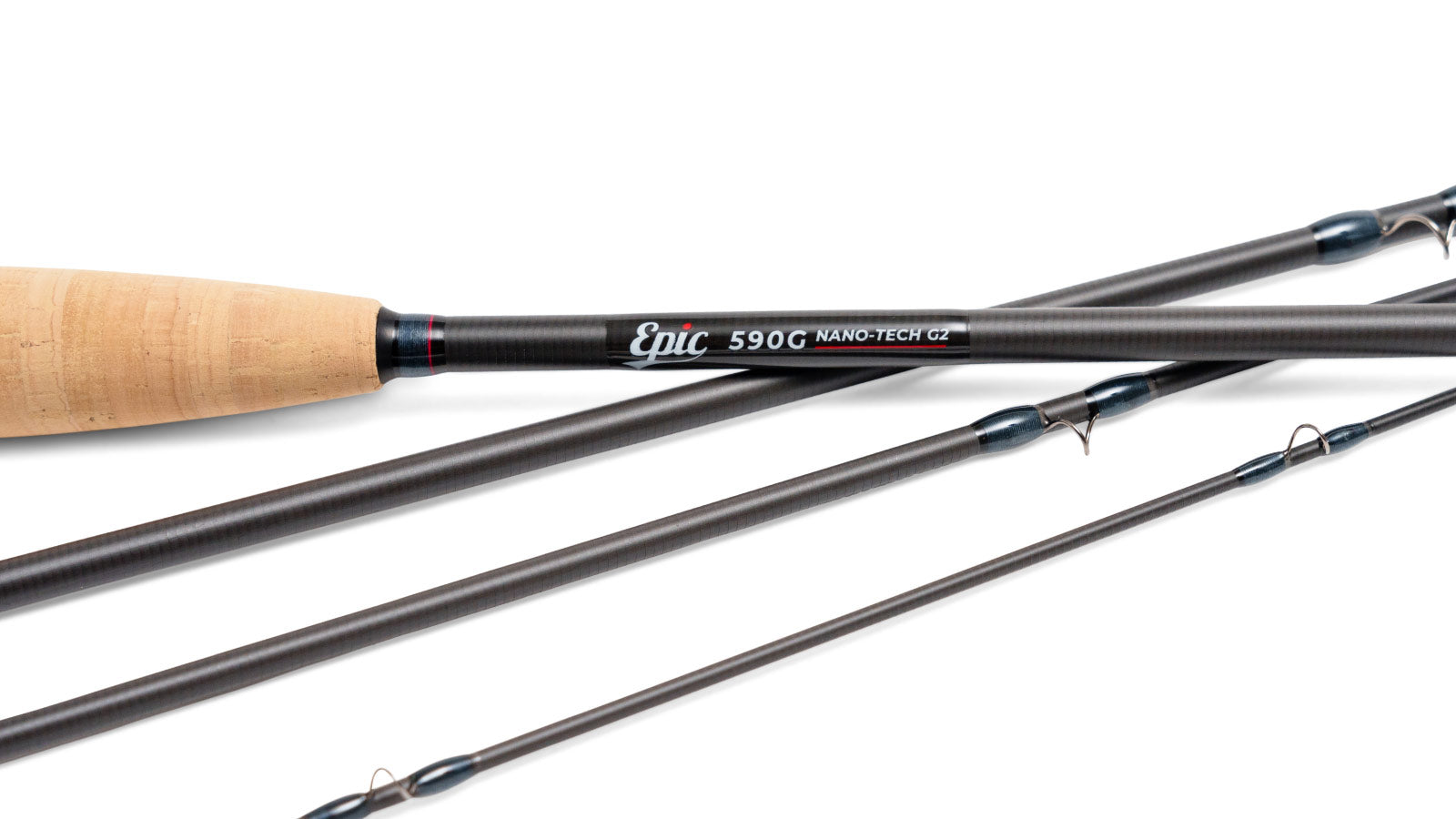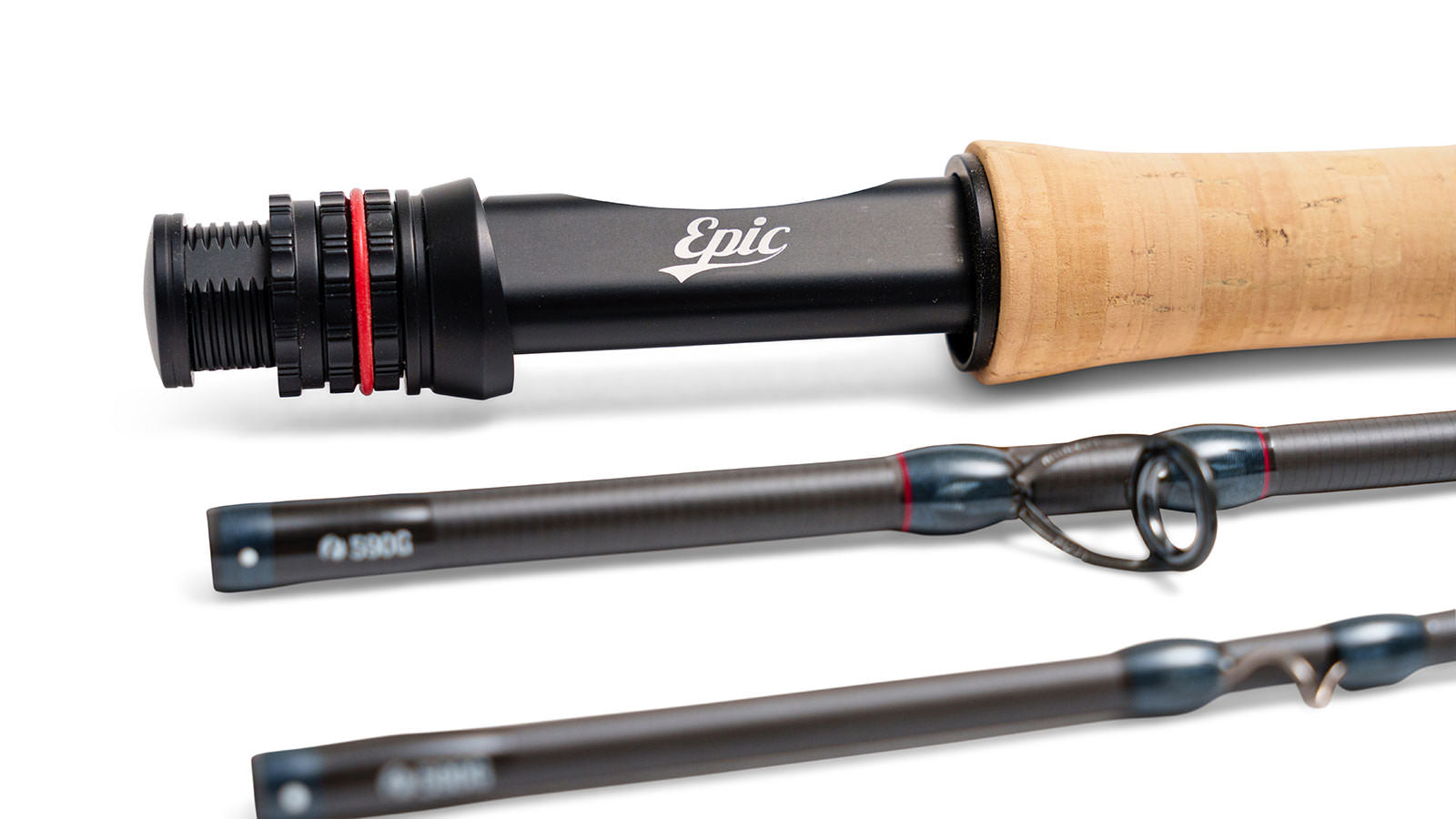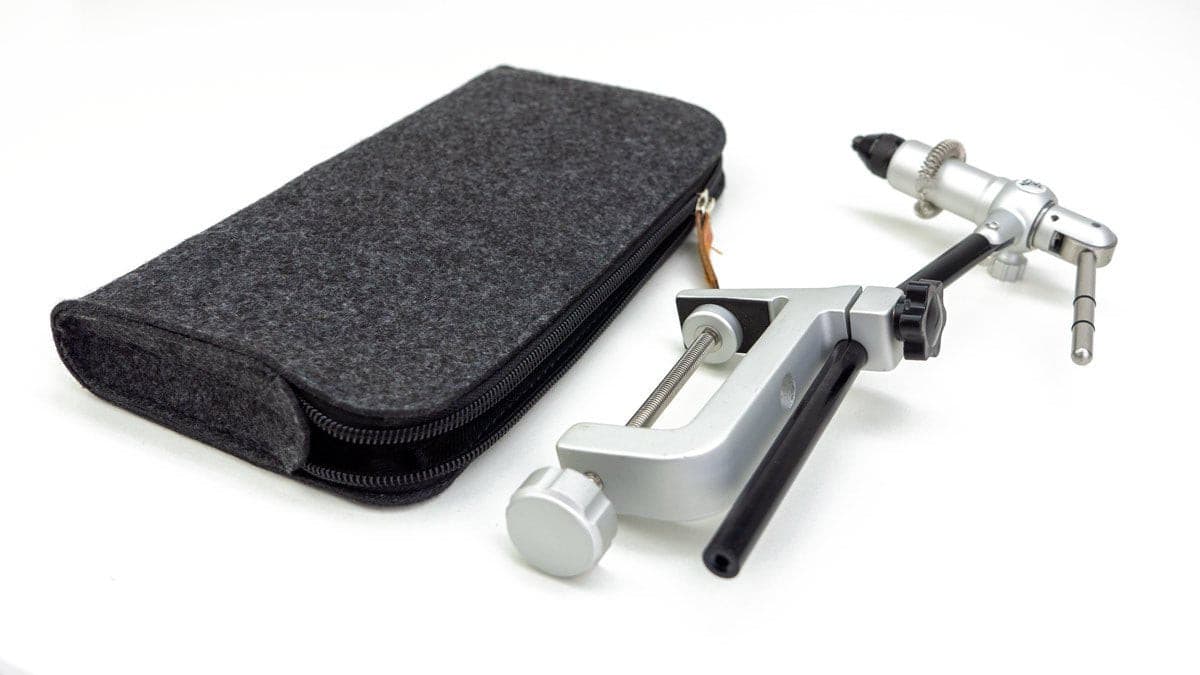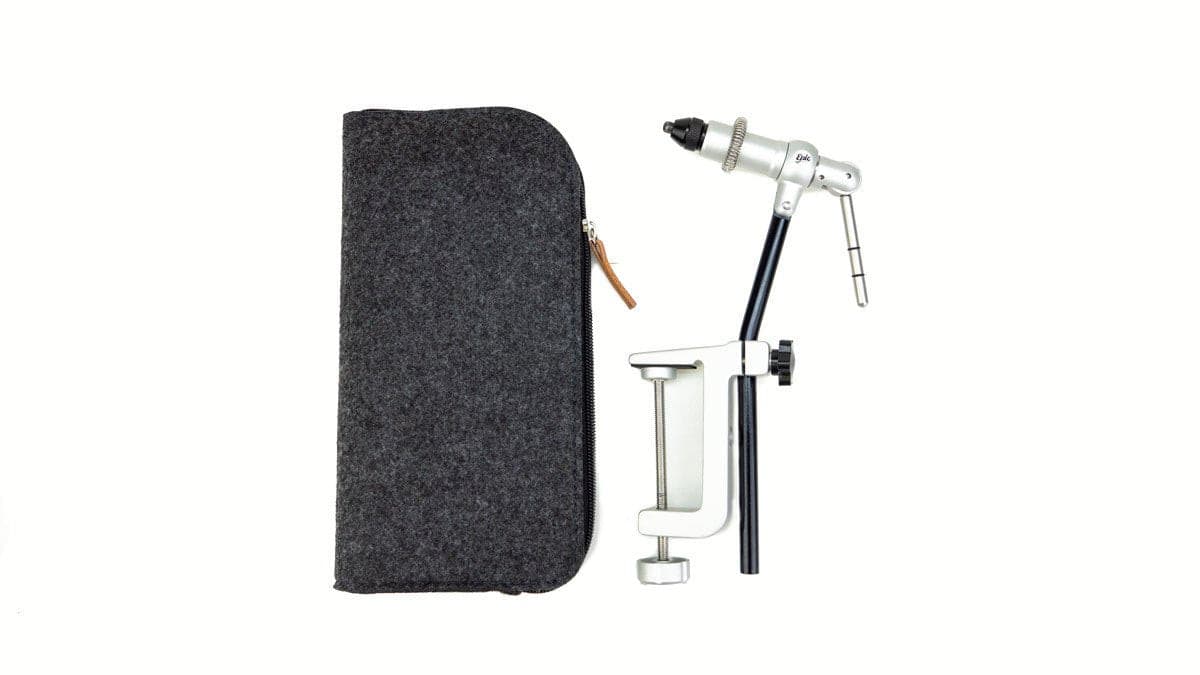Stealth in fly fishing - What does it really mean?
Let’s face it, no matter where you go to catch fish, and I mean in the world, you’re fishing ‘pressured’ water. I first fished the South Island of New Zealand in 1999. Back then the Kiwis I fished with would stop dead and turn around if they saw a bootprint on the bank. We’d immediately head off to some other spot, usually just as good, to find some fresh water and undisturbed fish. There was always somewhere else to go.
The idea that someone had fished the water ahead of us, even the day before, was enough for them to pronounce it ‘stuffed’ - meaning ‘f**ked’ in native Kiwi. God help the guy, innocently or not, who ‘jumped’ us by entering the water anywhere within five kilometres upstream of us. I’ve fished with Kiwis who clearly seemed to relish a good on-stream dustup, although it never reached the heights of Alaskan combat fishing. No handguns at any rate.

Take your time and you'll win a prize
Twenty years on the NZ scene has changed drastically, much like it has everywhere since fly fishing achieved its fashionable cachet. These days we’re lucky to get a stretch of water to ourselves, and that might be only for a few hours. This is causing a lot of distress among those used to wandering up those dreamlike rivers, alone and at our ease, at one with the environment and just feeling, you know, happy.
So far this is looking at things from the angler’s point of view. There’s also the fish to consider. Especially trout - those wily, suspicious critters that we spend so much time, effort, and money trying to catch so we can let them go again. Many anglers feel strongly that all this new fishing pressure has created a new kind of quarry - the educated trout. This fish is smart and very hard to fool. Worse, all this pressure is making them even smarter.
Well, let’s get one thing out of the way right off. Fly pattern is not going to make any difference. So forget about it. Packing six fly boxes and two thousand flies up that river isn’t going to change things. Unless they are feeding hard, trout that have been disturbed are going to be hard to catch, if at all. If they are feeding, they actually aren’t that much harder to catch than they always were, but even then we do need some upskilling. Good tackle helps, but most of the difficulty even well tooled up anglers find has much more to do with presentation skills and stealth than it does with matching the hatch.

There are surprisingly few fly patterns in Bob's fly boxes. Many sizes, but only a few patterns.
Basically, what we’re talking about when we say ‘stealth’ isn’t camo and face paint, but movement. All wild animals are acutely alert to movement. Any hunter knows this. To an animal it usually means danger. We fly fishers normally make some effort to keep out of sight, but often too late – our clumsiness rewarded by the bow wave of that big brownie moving away from our bank, yet again.
The outstanding reason for this that we are just fishing too fast. Too eager to get to that sweet spot in the run upstream, before that guy downstream leapfrogs us - spooking fish after fish resting in the slick tail outs and shallow margins. So we learn to edge cautiously into position, keeping low and going slow.
But then, after careful observations of where the trout is holding and what it’s doing (feeding?), we tie on just the right pattern and blow the deal by making six or eight false casts over the fish’s head. Worse, we forgot that we are skylined. All that rod waving pushed the fish away before we get the fly halfway to the target.

The Author: Bob Wyatt
Or, we make a decent presentation, perfect in fact, and the fly is floating irresistibly toward the waiting trout. We watch the fish for any sign that it’s seen and responding to the fly. But we don’t see the slight straightening of our leader as the current draws on the belly of our fly line. The fly itself may not move, but that tippet is making almost invisible, to us, micro-waves that get the trout’s attention. The fish stiffens and then, after a suspenseful moment, just moves away. Not too alarmed but it just seems to be thinking, ’hmmm, something’s not right here’.
You’re thinking, “Damn, these fish are getting really selective!” And change flies.
That’s movement. The trout doesn’t have to connect the dots between you and that tiny tippet movement, or know it’s being fished for, but just senses something isn’t right. It reverts to its default position - wary. It stops looking for food and just drifts slowly toward mid-stream. Hardly ‘spooked’, or panicked, but its feeding has been interrupted by a tiny, imperceptible to us, bit of movement. You blew it, somehow, and you move on, frustrated by another ‘refusal’.
The trout sees you walk past and now he really is spooked and hightails it out of the pool. That guy downstream doesn’t get a look in. He hasn’t seen a fish all day. He thinks the river is stuffed.
- Bob Wyatt
Bob Wyatt is a photographer, recognised author and painter, Certified Fly Casting Instructor and fly angler. He has published two highly regarded books on fly fishing. What Trout Want: The Educated Trout and Other Myths and Trout Hunting: The Pursuit of Happiness. Both available on Amazon


